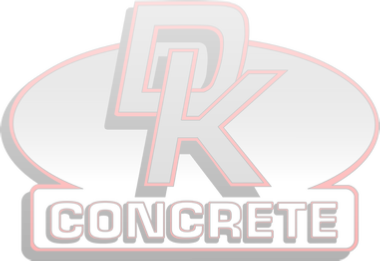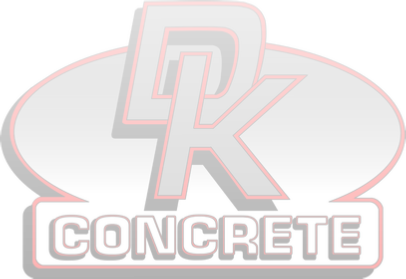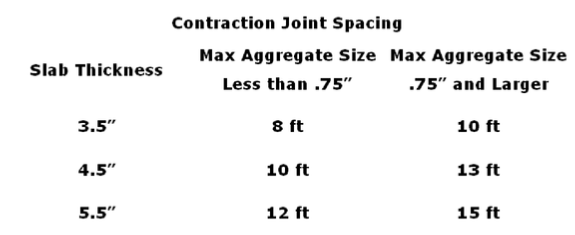


(909) 823-


The following information is offered for reference purposes only. Consult a construction professional prior to performing any work. D & K Concrete assumes no responsibility for events resulting from the use of this information.
Concrete Info

Site Prep
The sub-
Be sure slabs have proper slope/fall for water runoff.
Be sure you are using the appropriate mix for your application. Concrete is measured by compressive strength. Adding excessive water to concrete weakens is substantially.
Effects of Water on Concrete:
• Adding one gallon of water to one yard of 3000 psi concrete will increase slump by about one inch.
• Adding one gallon of water to one yard of 3000 psi concrete will reduce compressive strength by as much as 250 psi.
• Adding one gallon of water to one yard of 3000 psi concrete will waste the effect of about 25 lb of cement per yard.
• Adding one gallon of water to one yard of 3000 psi concrete you increase the possibility of passage of moisture through the concrete by up to 50%
• Adding one gallon of water to one yard of 3000 psi concrete will increase the shrinkage potential about 10-
• Adding one gallon of water to one yard of 3000 psi concrete you lower the quality of concrete in other ways:
-
-
-
-
Finishing
All concrete cracks. Expansion joints/control joints control where the cracks occur, making for a more appealing slab. If done properly, saw cuts will also control cracking.
Set Time
The setting-
Curing
• Improper curing can reduce the designed strength by as much as 50%
• Properly cured concrete will crack less, dust less, be stronger, more durable, and have better wear resistance.
• Properly cured concrete will have fewer pores where water can enter and freeze causing damage to the concrete.
• Methods of curing
-
-
-
-
-
-
-


|
One Yard of Concrete will Cover: |
|
|
Thickness in Inches: |
Area in Square Feet |
|
3.5" |
93 ft2 |
|
4" |
81 ft2 |
|
4.5" |
72 ft2 |
|
5" |
64.75 ft2 |
|
5.5" |
59 ft2 |
|
6" |
54 ft2 |
|
6.5" |
50 ft2 |
|
7" |
46 ft2 |
|
7.5" |
43.33 ft2 |


|
The effects of temperature on set times. |
|
|
Temperature, ˚F |
Approximate setting time, Hours |
|
100 |
1- |
|
90 |
2- |
|
80 |
4 |
|
70 |
6 |
|
60 |
8 |
|
50 |
11 |
|
40 |
14 |
|
30 |
19+ |


| Colored Concrete Info |
| Tips for Hiring a Contractor |
| DK Blocks 1 |
| DK Blocks 2 |
| DK Blocks 3 |
| DK Blocks 4 |
| DK Blocks 5 |
| DK Blocks 6 |
| DK Blocks 7 |